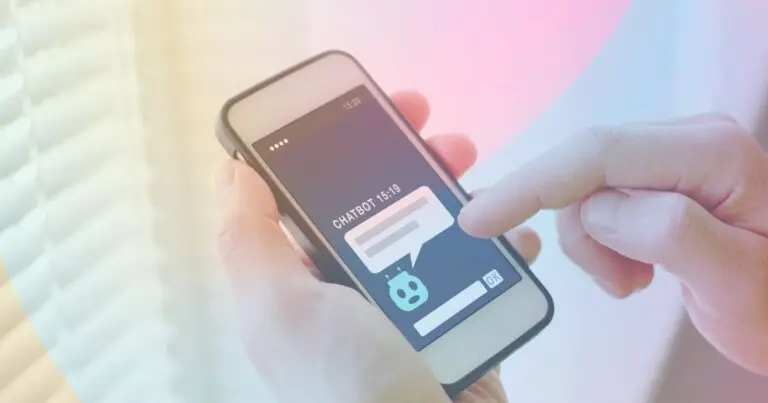Linguistic marketing hype grows daily. Tech and business media have urged firms to understand how to create a chatbot to meet today’s customization and immediacy expectations.
In the past, making a chatbot required software development terms and code. Few experienced bot developers were tasked with constructing a chatbot. However, times have changed. Chatbot development has become more straightforward and accessible because of no-code platforms.
Today, it is possible not only to construct a chatbot but also to do it in minutes. Better yet, multi-channel
What is a Chatbot?

A chatbot is computer software replicating and processing human dialogue (usually written or spoken), enabling humans to communicate with electronic devices as though they were conversing with a natural person. This is accomplished using natural language processing (NLP) techniques.
Chatbots may be as simple as basic programs that respond to a simple question with a single-line response, or they can be as complex as virtual assistants that discover and evolve to provide a higher level of personalization as they collect and process information. Either way, chatbots can take on many different forms.
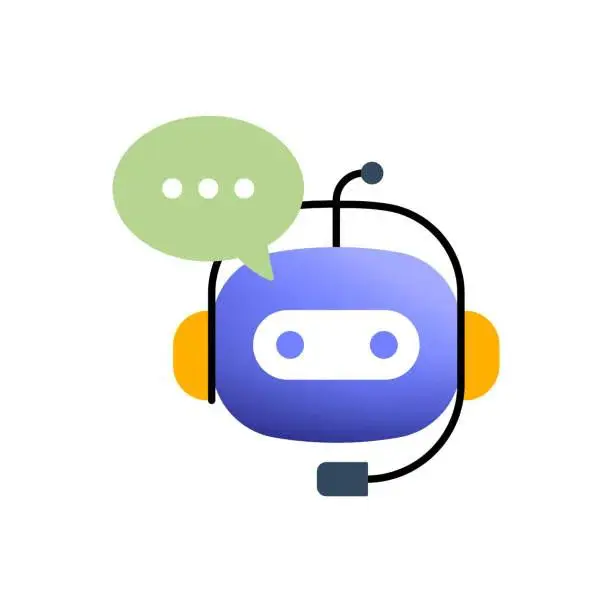
Whether you are aware of it or not, you have communicated with a chatbot at some point. Take, for instance, the scenario in which you are researching a product while sitting in front of your computer. Suddenly, a popup appears on the screen, asking whether you want assistance. You may even make a rideshare request by text message on your smartphone. Or, you may have ordered a coffee from the local coffee shop using voice commands and received a reply informing you of the price and the time remaining until your order was ready. These situations are possible examples of when you can find yourself interacting with a chatbot.
Also read: A Detailed Guide to the Types of Software
Market Overview
The chatbot market is expected to reach $3.62 billion by 2030, expanding 23.9% annually. Research Straits

In 2021, the worldwide chatbot market reached $526 million. It’s predicted to reach $3,619 million by 2030, a 23.9% CAGR (2022–2030). North America will increase at a CAGR of 25% by 2030.
29 June 2022, New York (GLOBE) A chatbot employs AI to mimic a discussion with a user through messaging applications, websites, mobile applications, or the phone. Rule-based language apps do live conversations in real-time. Unlike apps, chatbots don’t require downloads, updates, or phone capacity. Several bots can be joined within one chat. Since the bot automates some customer care and sales operations, the company saves money on operational expenditures. This is fueling chatbot market expansion.
Why Create a Chatbot?
Chatbots are being integrated into many companies’ websites in the modern day to provide an unparalleled level of customer support to their online audiences.
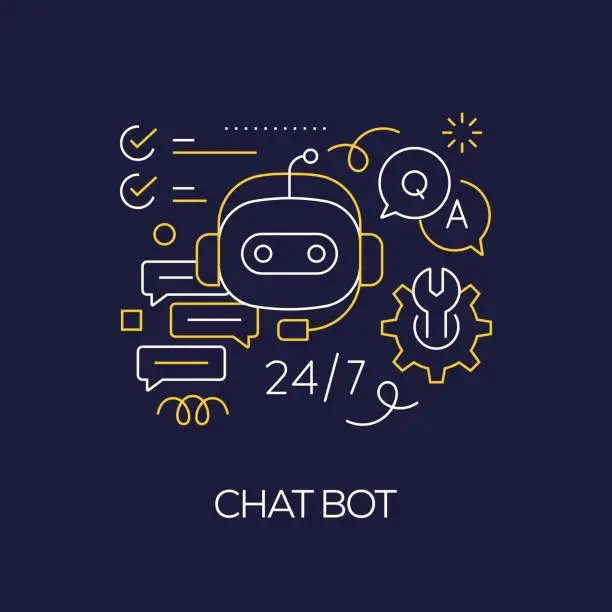
Chatbots are becoming increasingly popular all over the world as a primary means of communication because of the extensive abilities that they provide. The benefits of integrating a chatbot that is powered by natural language processing (NLP) onto a website aren’t limited to its accessibility.
Natural Language Processing (NLP), founded on deep learning, allows bots to decipher the meaning based on the information they are given. There are a great many advantages that chatbots provide for a company.
They have the following advantages:
- Rapid and linguistically diverse response
- Personalization
- Higher sales
- Cost-saving
- Boost the number of interactions.
- Collect meaningful data
- The use of automation for routine activities
- Enable the “push notifications” that are relevant.
- Increase your exposure to more people and get more leads.
Chatbot Types
A chatbot designed for an eCommerce website might seem very different than one designed for a banking website. In the same way, you and I are unique in our personalities and skills, chatbots are also in their appearances and the things they do.
The following is a list of the chatbots:
1) Language-Based (Rule-Based Chatbots)
If you can forecast your clients’ inquiries, a multilingual chatbot could help. Using if/then logic, language or rules-based chatbots automate conversations. First, determine your chatbot’s language. Words, word order, synonyms, and more can be evaluated. If a customer’s question fits the chatbot’s conditions, they’ll get help quickly.
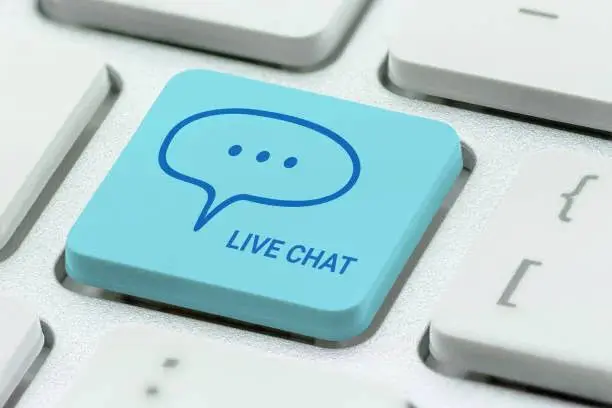
It would help if you defined every variation and variation of each inquiry. Otherwise, the chatbot won’t understand your customer’s input. A language model, while popular, might be slow to build. These chatbots require precision.
2) Menu-Driven Chatbots
Menu/Tab chatbots represent the most straightforward type available. Most chatbots are button-based decision tree hierarchies. Like automated phone menus, these chatbots demand the user to make many options to find the answer.
While all these chatbots are competent for addressing FAQs, which make up 80% of support requests, they fail in more complicated cases when there are too many parameters or too much expertise to forecast how consumers should obtain customized replies. They are very slow at reaching the user’s goal.
3) AI Chatbots
A semantic chatbot is much more potent than the rest. These chatbots employ Machine Learning and Artificial Intelligence to recall user chats to learn and evolve. Chatbots with contextual awareness may self-improve depending on what and how people inquire.

E.g it lets users order meals by learning from each discussion and retaining the data. When a user speaks with this bot, it will retain their preferences, delivery location, and payment information and ask whether they want to repeat it. Instead of answering multiple questions, the user only says “Yes,” and the meal is ready.
This simple meal-ordering example shows how AI and ML can exploit conversation context. Any chatbot should improve user experience over the status quo. Using conversation context can shorten chatbot procedures.
4) NLP-Chatbots
Keyword-recognition chatbots may respond to human input, unlike menu-based bots. These chatbots employ customizable keywords and an AI application called Natural Language Processing to respond to users.
When answering comparable inquiries, these chatbots fail. When linked inquiries have redundant keywords, NLP chatbots falter.
Hybrid keyword recognition/menu/button-based chatbots are common. These chatbots allow users to ask direct questions or use menu buttons if keyword recognition fails or they need help finding an answer.
5) Voice-Activated Chatbots
Voice-based chatbots, also known as voice bots, are currently used in enterprises to make conversational user interfaces even more commonplace. Voice bots have become increasingly popular over the past few years, featuring virtual assistants such as Siri from Apple and Alexa from Amazon.
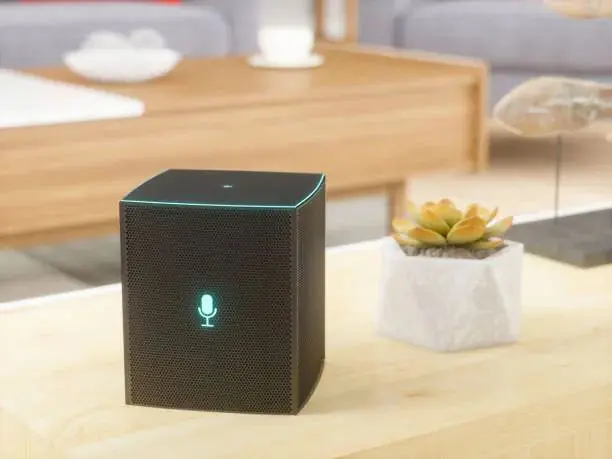
Why is this the case? Because they provide more convenience. Speaking with a consumer rather than typing their request is far more convenient for them. Voice-activated chatbots provide customers with seamless experiences that are delivered straight to them.
6) Hybrid Bots
The complexity of AI chatbots is very appealing to businesses, but these organizations don’t necessarily have the skills or the massive amounts of data necessary to support them. As a result, they decide to go with the hybrid model.
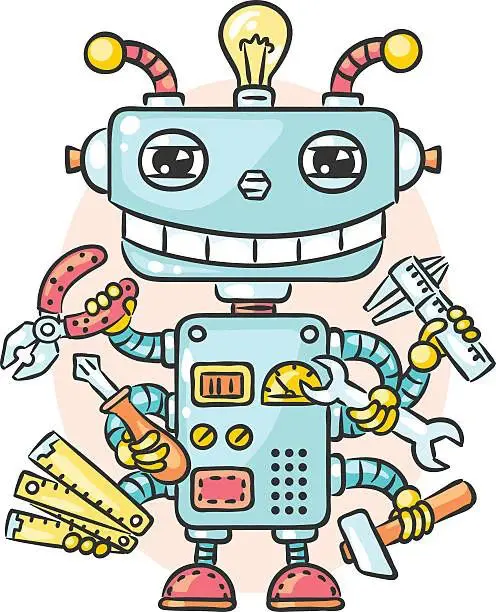
The hybrid chatbot concept combines the straightforwardness of rules-based chatbots and the sophistication of AI-powered bots to provide users with the advantages of both approaches.
Features of a Chatbot
How do customers see chatbots? Finding them a doctor? Preliminary diagnosis? Or financial advice? Siri, Alexa, and others set user involvement standards, but a modern chatbot may give more.
- Cross-channel communication
- Meaningful
- System Integration
- Actions
- Handoff
- Accessible
- Secure
- Post-Analysis
How to Create a Chatbot?
You can create an excellent chatbot for your website by following these nine steps:
- Determine Your Chatbot’s Purpose
- Determine Where it Will Appear
- Select the Chatbot System
- Choose Technology Stack
- Design the Chatbot Conversation
- Train your Bot
- Testing the Chatbot
- Deployment and Maintenance
- Improve Chatbot Analytics
1) Determine Your Chatbot’s Purpose
Why are you planning to construct a chatbot? What are your clients or potential clients trying to accomplish that you are helping them get closer to? Your responses to these questions will heavily influence your choice of the bot. As previously discussed, it can be a commandment chatbot with predetermined replies. Alternatively, a sophisticated AI-enabled chatbot may continue learning from the input.
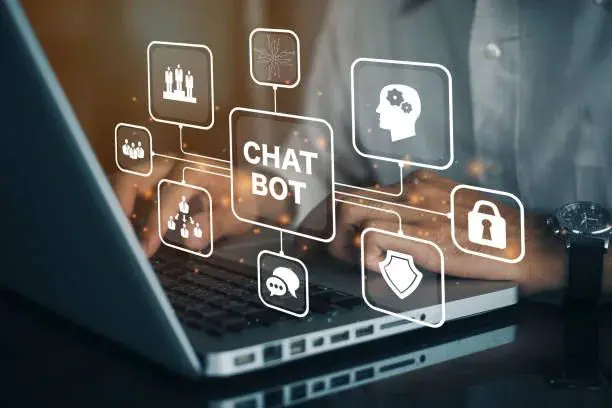
Support, which involves something like a FAQ bot that can get answers to any inquiry, and sales, which involves data collecting, consultation, and human handoff, are now the two most common applications of AI.
2) Determine Where it Will Appear
Do your clients mainly contact you via social media or live chat?
Check if the chatbot platform you choose interfaces with your existing tools to serve your consumers:
- Website. Most chatbot solutions integrate with WordPress, Shopify, WhatsApp, Messenger, Instagram, and Telegram.
- The various other communications systems and technologies are part of the stack (like Slack).
- Determine if it’s possible to set up the integration via code or an API.
Many chatbot systems provide different connectors so that you may utilize them across channels.
3) Select the Chatbot System
Once you know the chatbot versions and channels you want, pick a provider. You can either use a framework or you can use a platform.
AI-frameworks
Chatbot frameworks (like IBM Watson and Microsoft Bot) serve as libraries for software programmers, who then code chatbots using the frameworks.
Platforms for chatbots
They offer simple no code chatbot builders with construction pieces. Building bots with their support is easier and faster, with comparable outcomes. Tidio, for example, offers forever-free subscriptions.
After choosing a provider, signup, login and begin.
Also read: What Does “No Code Movement” Mean For A Software Developer?
4) Choose Technology Stack
Once you know the consumer problem and relevant platforms, you may choose your bot’s tech stack. Choose a framework and also have chatbot developers construct your bot, or use a DIY platform.
When choosing a framework, consider developer skills and open-source and third-party NLP libraries like ChatterBot. Make sure your library or SDK works effectively with your existing software.
Other development questions:
- Can I use voice-driven chatting with this technology?
- Is this library open-source or proprietary?
- What is this technology’s current market?
5) Design the Chatbot Conversation
After choosing a tech stack, develop the chatbot’s conversation flow. With DIY platforms, you may drag and drop reply options.
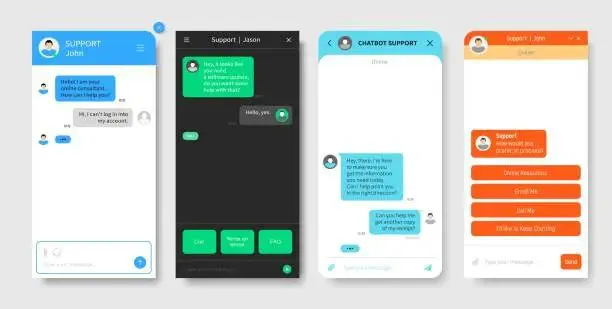
If you’ve chosen a framework for your chatbot’s AI, you should hire professional engineers.
They’ll create the chatbot’s front end and server. UI isn’t a concern. Using a bot platform, you can’t modify much about your chatbot’s graphical UI.
Similarly, you can develop any imaginable user experience (UX) as long as you operate inside a framework.
Read More: Design Consistency Guide: Best Practices for UI and UX
6) Train your Bot
You’ll have to train your bot on an extensive data set if it uses artificial intelligence. You want the bot to grasp the user’s intent, and the way to achieve that is to educate the bot on all the numerous ways consumers might ask for the same item. In essence, you want the chatbot to know what the user wants.
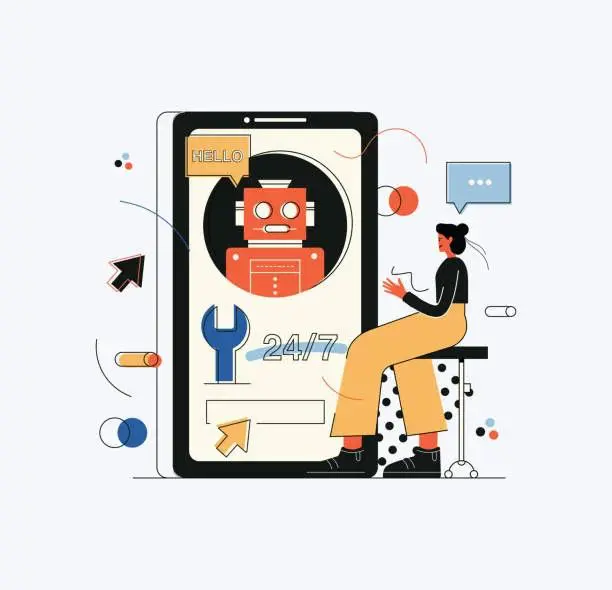
Ideally, you would teach your bot using pre-existing data sets, like emails, support requests, etc. The other option is to acquire a data set from a third party that has the data that your chatbot needs to know. Some examples of such data sets are the Inquiry Dataset, The NPS Conversation Corpus, etc.
7) Testing the Chatbot
You should test your bot by having conversations with actual people to determine whether or not it can genuinely assist those people. This applies to any software product. Remember that chatbots are still considered a novelty, which means that many of your consumers may attempt to break them. As a result, it is in your best interest to anticipate these eventualities and provide gracious generic responses that steer the dialogue towards genuine goals or a seamless retreat to a human operator.
8) Deployment and Maintenance
It often does not take a significant amount of time to deploy a chatbot. You only need to ensure all endpoints are linked and that the bot is incorporated with your complete structure if you use a CRM, ERP, or similar software system. The chatbot development process does not end after the bot is put into production. You must review the data and adjust the replies to maintain pleased users.
9) Improve Chatbot Analytics
In the end, but certainly not least, you should make it a point to monitor the activities of your chatbot. It will allow you to identify chatbots that don’t offer the most excellent possible customer experience and do not function properly for visitors to your website.
The Advantages of Creating Your Chatbot
Faster Service
Chatbots save time, no doubt. Your personnel may focus on complex challenges while chatbots answer basic ones.
Always Accessible
Chatbots may reply to client inquiries 24/7 without extra expense, unlike people. Your chatbot can answer consumer queries 24/7, so they don’t have to contact you during business hours.
Communicative Marketing
Most buyers want an instant solution. A chatbot lets clients connect with your website without requiring someone to oversee the chats. A bot may substitute for a support or sales department and use intuitive language that suits your company’s tone. Manychat and Intercom offer chatbots. Manychat is great for Facebook Messenger marketing, whereas Intercom is excellent for website Live Chat.
Manages Client Requests
A chatbot can assist if you get many basic client inquiries. A bot can handle unlimited consumers, allowing your support personnel to focus on challenging queries.
Do’s and Don’ts of Creating a Chatbot
You are now familiar with the process that is involved in the creation of chatbots. Read these helpful hints first, though, before you start using the bot builder.
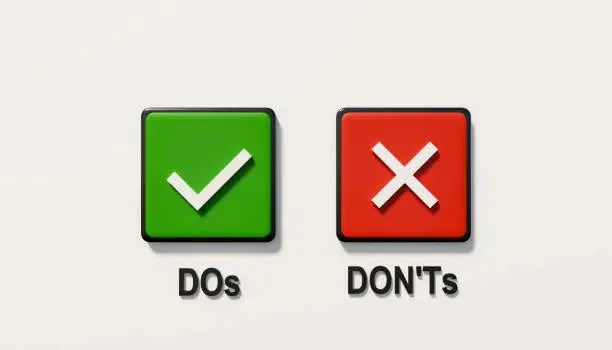
Do’s:
- Humanize. Character matters! 53% of customers positively associate companies with quick-witted chatbots, according to our research. A distinctive tone of voice will help you stand out. Naming your chatbot may boost your brand’s voice and image.
- Forward complicated conversations to humans. 69% of users prefer chatbots to fix minor concerns quickly. People will still prefer to speak to a human agent. Therefore, you should make that feasible. Include this in your discussion flow, especially when discussing complex problems.
- Imitate human speech. Your chatbot shouldn’t transmit lengthy text blocks at light speed. Set a pause between messages to make the flow more natural.
Don’ts:
- Create dead-end dialogues. You ask a store clerk for help picking a product version. The helper provides you with 10% off another purchase and goes. To avoid this, give actionable replies. The consumer should always be able to continue the discussion or use the FAQ chatbot.
- Complexify chatbot flows. After discovering how simple it is to construct a chatbot, you may be compelled to create sophisticated conversation sequences. Understandable! More engaging chatbots are harder to manage. Each situation adds more signals, making analysis harder. Be simple.
- Allow open-ended dialogue. Yes, replicating human interaction is excellent, but a chatbot’s primary function is to advise people. The user shouldn’t figure out what to do. Your chatbot can be humorous, but the conclusion must be clear.
How Much Does Creating a Chatbot Cost?
A simple chatbot based on rules can be built for below $ 5,000. However, anything that scales successfully and depends on any form of artificial intelligence would require a budget of at least $10,000 to get started. It is pretty doubtful that you would want to compete with Alexa, Siri, or any of the other big girls; yet, if you are serious about developing an ML-driven chatbot, the cost of app development may well exceed $50,000.
How to Add a Chatbot to Your Website?
After the bot has been formed, you should navigate to the “Publish” area. In the section labeled “My Bots,” there is a button labeled “Channels” corresponding to each bot. To access the Publish section, click this button.

When seeing the channels list, click the ‘Publish’ button on the web widget.
You should find the Web Widget setup page, which allows you to personalize the look of the web widget in various ways. Under the section “Customization Possibilities” below, you will find a detailed description of the many options for customization.
After customizing the widget’s user interface, you can save your modifications by clicking the “Save” button. After that, choose the script tag by clicking on the “Get Code” button, copying it, and then pasting it to the source HTML of the web page you are working on. That wraps it up! You have completed adding the bot’s widget to the website.
Additional Reading: What Is Software Building Process? A Complete Guide
FAQs
Is It Easy to Create a Chatbot?
Researching sample chatbot code written by experienced developers can serve as a good jumping-off point for individuals motivated to learn how to create their bot without assistance. This is because creating a bot with code is highly challenging for individuals with neither a development background nor significant experience with programming languages.
Which Software Is Used for the Chatbot?
Many chatbot builders are available, like Microsoft bot framework and Netomi. Some of which are free or no code chatbot builders. But it’s always better to get a professional to make one for you with proper functionality and no bugs to enhance the customer’s experience and, in return, increase your sales.
Can I Create a Chatbot for Free?
Yes, some platforms available provide platforms for no-code bots and are accessible at a fundamental level; however, for a truly functional bot, you’ll have to either buy tools yourself or, better yet, hire professionals.

